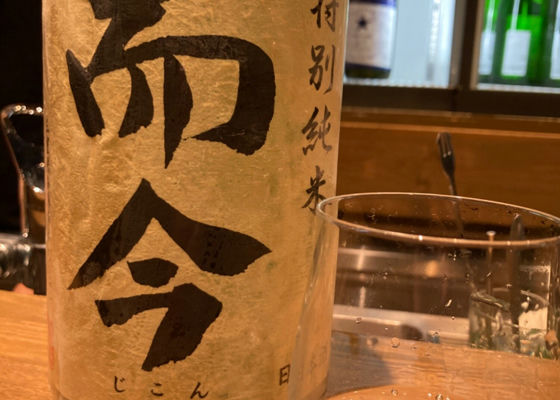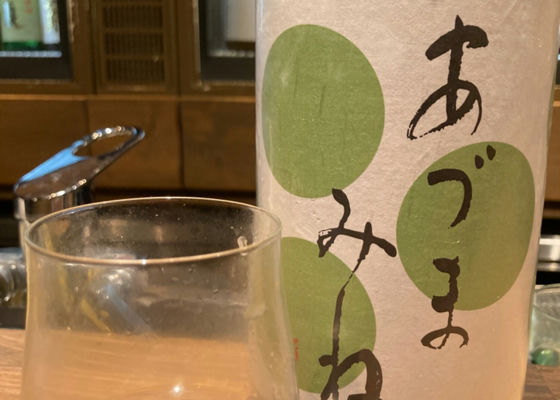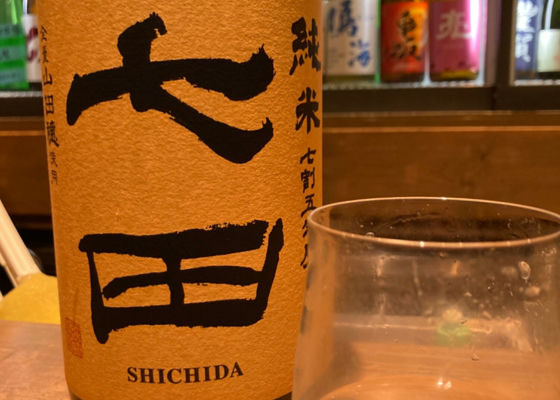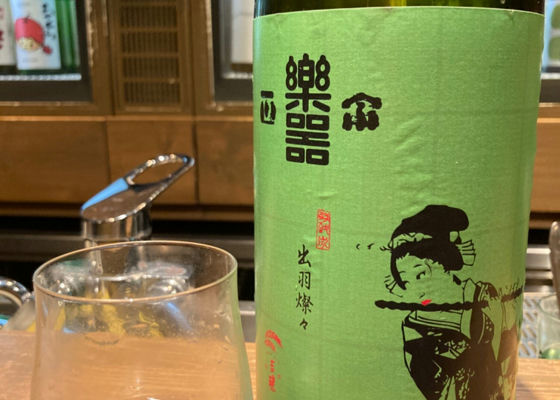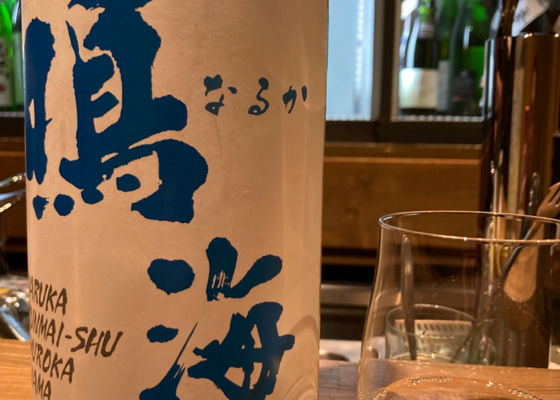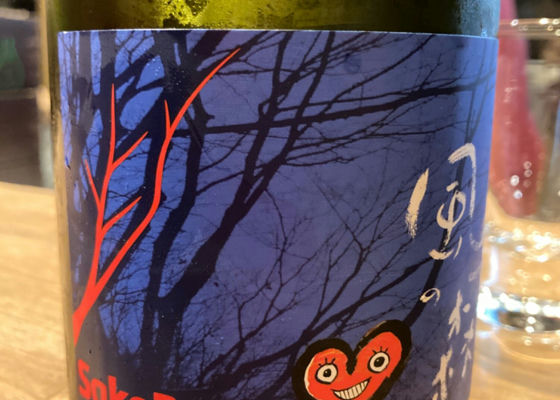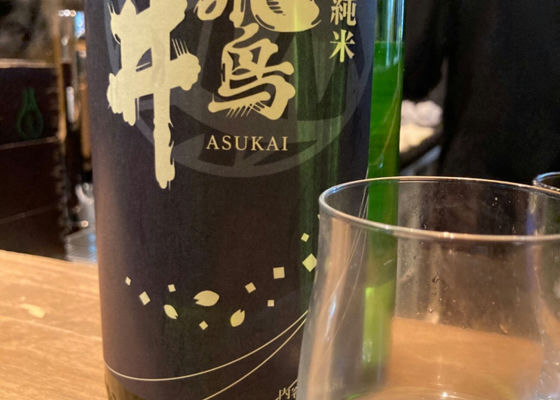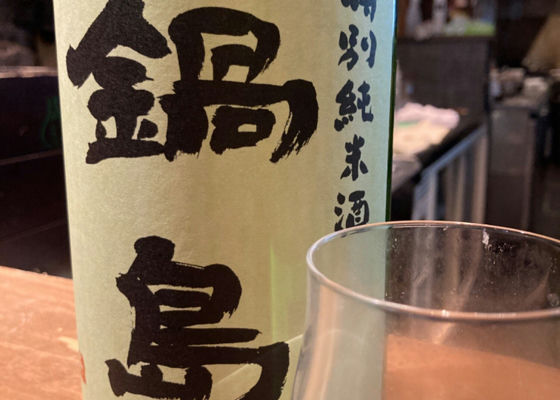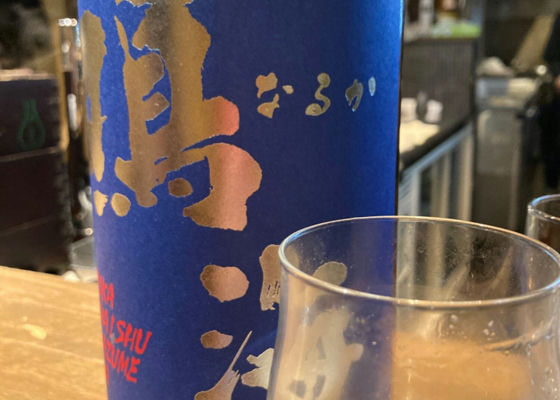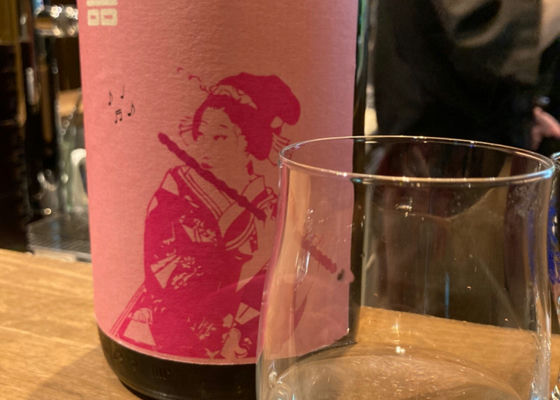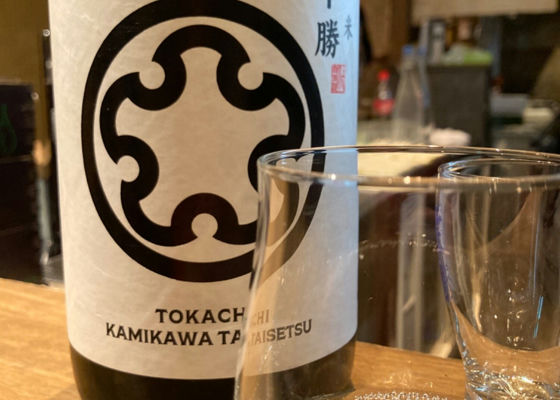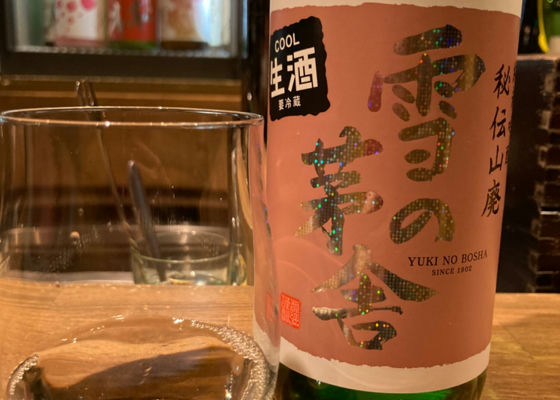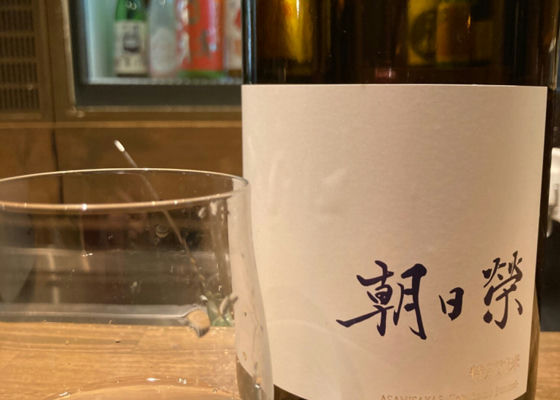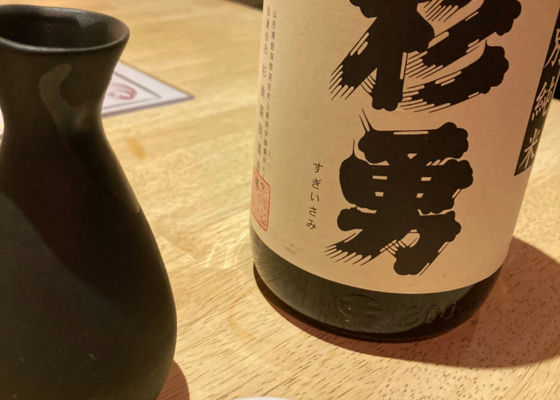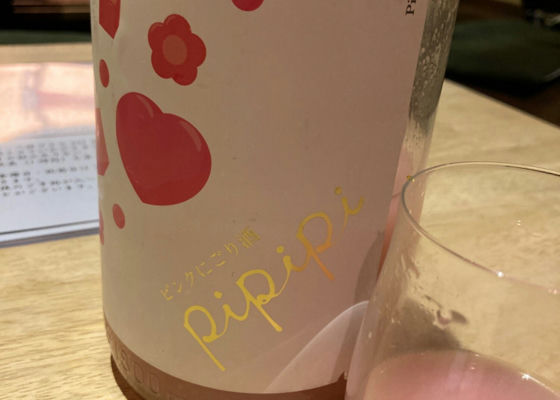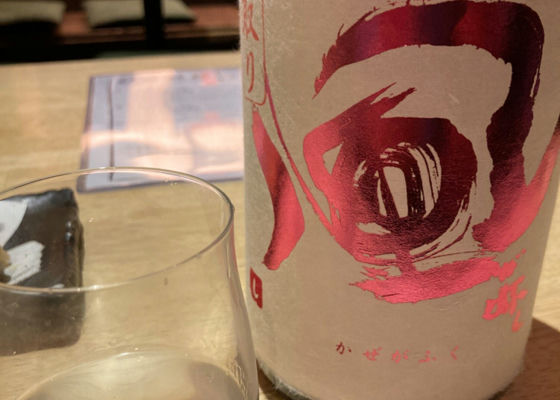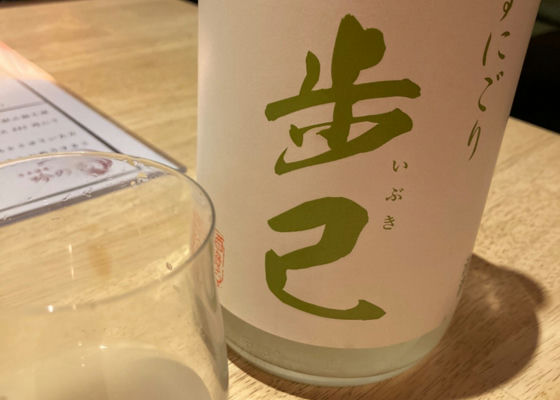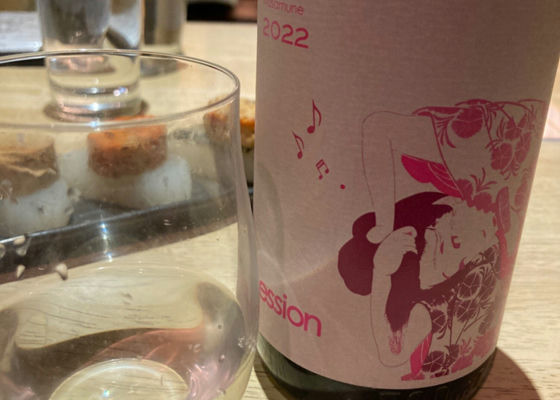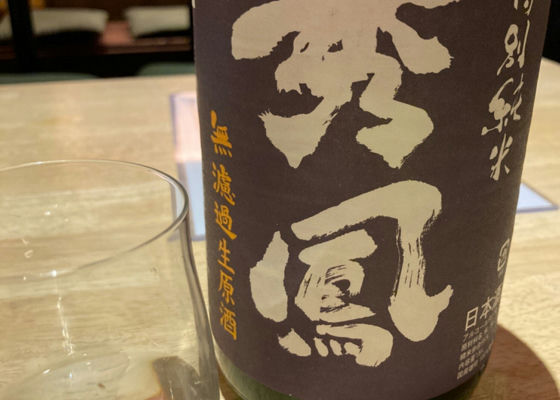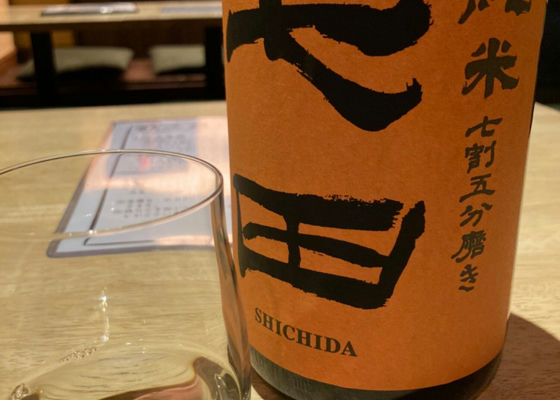Timeline
エムコミヤSpecial Junmai. Slightly bitter taste. エムコミヤJunmai Unfiltered. Sake rice is Ginotome from Iwate. エムコミヤJunmai All Yamadaho is used. It has a wild taste. エムコミヤJunmai Ginjo brewed with Dewa Sanzu. Moderately fresh and dry. However, the sweetness of the rice can be felt in the aftertaste. エムコミヤSpecial Junmai. Akita Sake Komachi is used. It has a sour taste and a sense of fermentation. エムコミヤThe sake is brewed with Yamadanishiki grown by SakeBase in Chiba. It is not well known. エムコミヤThe taste is light and refreshing, as is typical of Gohyakumangoku. エムコミヤSweetness and bitterness are firm. エムコミヤDry type. It has a unique taste and aroma. エムコミヤSpecial Honjozo. Slightly bitter. エムコミヤTokachi Junmai.
Like Goshinshu, or rather a classic sensation. エムコミヤFresh and tasty cold sake despite being Yamahai 😄. エムコミヤSlightly sweet but powerful sake.
I heard that it was brewed by a young female toji, but it is quite a powerful sake. エムコミヤIt seems to be 14 degrees of nama yeast with a dry taste.
It is heated up to 50 degrees Celsius. エムコミヤJunmai Pink Activated Nigori
This is a sharp, cloudy sake that is drier than it looks. エムコミヤJunmai Ginjo light nigori raw. エムコミヤJunmai Ginjyo Nama Sake Light Nigori
Sake rice is Gohyakumangoku.
Sharp but clean flavor エムコミヤ2022 session
Special Honjozo
13% alcohol by volume
Rice polishing ratio 60
Sweet, thick and fruity
Like pear juice with alcohol エムコミヤSpecial Unfiltered Junmai Nama-shu
Fruity with weight エムコミヤJunmai 70% polished Omachi
Not very polished, so you can feel the strength of the rice. RecommendedContentsSectionView.title
